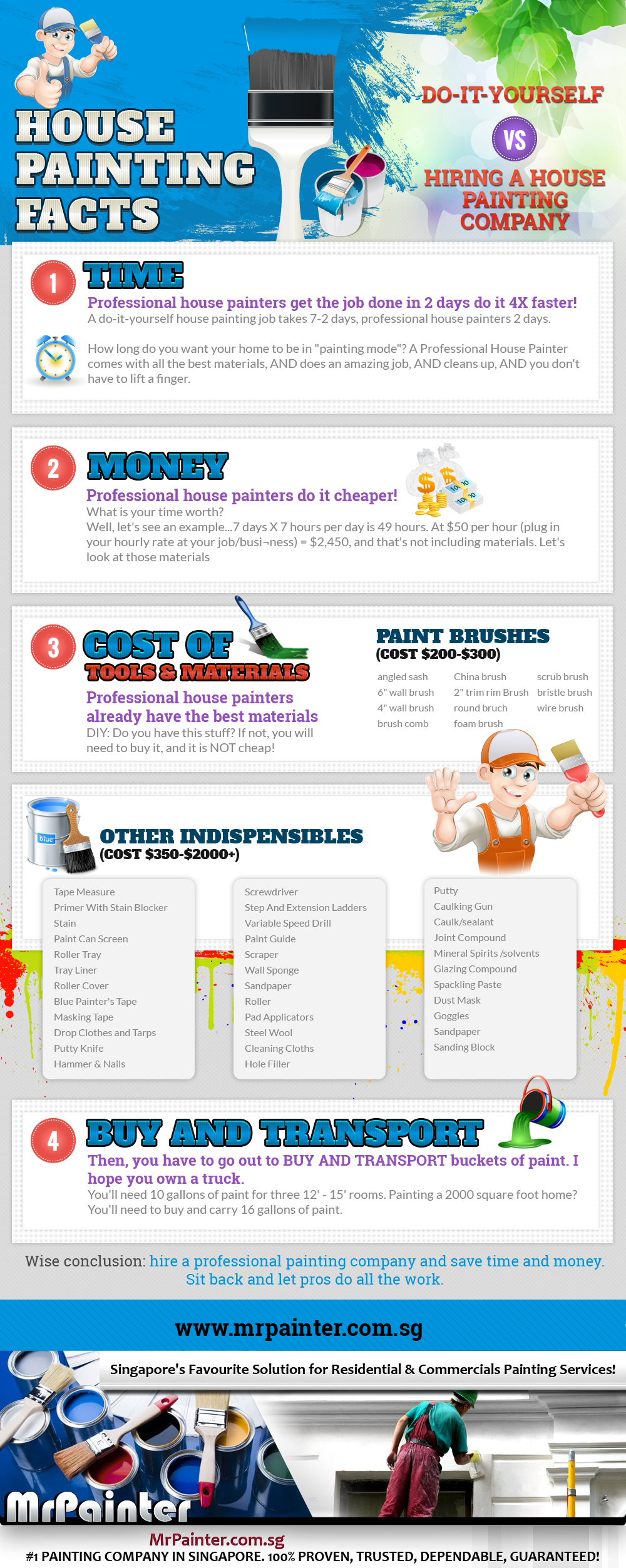Investigate The Function Of Seasonal Factors In The Success Of Industrial Exterior Painting And Uncover The Very Best Times To Secure Long-Term Results For Your Task
Investigate The Function Of Seasonal Factors In The Success Of Industrial Exterior Painting And Uncover The Very Best Times To Secure Long-Term Results For Your Task
Blog Article
Material Writer-Burnham Chaney
When you're preparing a commercial external painting project, seasonal aspects can make or break your outcomes. You'll intend to consider how temperature and moisture impact paint application and drying out times. Picking the best period can ensure your paint sticks effectively and lasts much longer. However which seasons are truly the most effective for this type of work? Allow's discover the key elements that can influence your job's success.
The Impact of Temperature Level on Paint Application
When you're planning a commercial outside paint job, the temperature can substantially affect just how well the paint adheres and dries.
Preferably, you intend to paint when temperatures range in between 50 ° F and 85 ° F. If it's also cold, the paint may not treat properly, leading to problems like peeling or breaking.
On the flip side, if it's too hot, the paint can dry too promptly, stopping appropriate bond and leading to an uneven finish.
You must likewise think about the moment of day; early morning or late afternoon offers cooler temperature levels, which can be more favorable.
Always examine the manufacturer's recommendations for the details paint you're using, as they commonly offer support on the suitable temperature variety for optimum outcomes.
Humidity and Its Result on Drying Times
Temperature isn't the only ecological element that influences your commercial outside painting job; moisture plays a significant function too. High humidity degrees can reduce drying out times substantially, influencing the total quality of your paint job.
When the air is saturated with wetness, the paint takes longer to cure, which can cause problems like poor bond and a higher risk of mildew development. If you're painting on a specifically humid day, be prepared for extensive wait times in between layers.
It's essential to keep track of regional weather and strategy appropriately. Preferably, go for moisture levels in between 40% and 70% for optimum drying.
Keeping these factors in mind ensures your job stays on track and supplies a long-term finish.
Best Seasons for Commercial Outside Painting Projects
What's the best time of year for your commercial exterior paint projects?
https://www.bhg.com/decorating/paint/how-tos/how-to-remove-paint-from-glass/ and early autumn are typically your best options. During https://exteriorpaintersnearme07283.weblogco.com/34549210/increase-your-home-s-outside-appeal-advantages-of-involving-expert-house-painters , temperatures are light, and humidity degrees are commonly reduced, developing perfect problems for paint application and drying out.
Avoid summer's intense heat, which can trigger paint to dry as well promptly, leading to bad attachment and coating. Similarly, wintertime's chilly temperature levels can hinder proper drying out and treating, risking the longevity of your paint job.
Go for days with temperatures between 50 ° F and 85 ° F for ideal results. view website in mind to inspect the local weather forecast for rain, as damp problems can spoil your project.
Planning around these factors guarantees your paint job runs smoothly and lasts longer.
Final thought
In conclusion, preparing your industrial external paint jobs around seasonal considerations can make a considerable distinction in the end result. By organizing work throughout the excellent temperature levels and moisture degrees, you'll guarantee much better attachment and drying times. Keep in commercial painting service saint paul to keep an eye on regional weather report and pick the right time of year-- springtime and early fall are your best bets. Taking these steps will certainly help you attain a resilient and professional surface that lasts.
